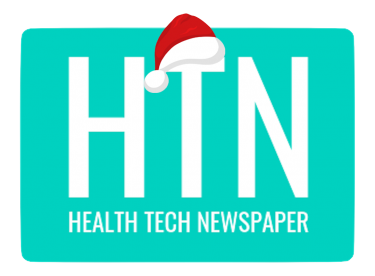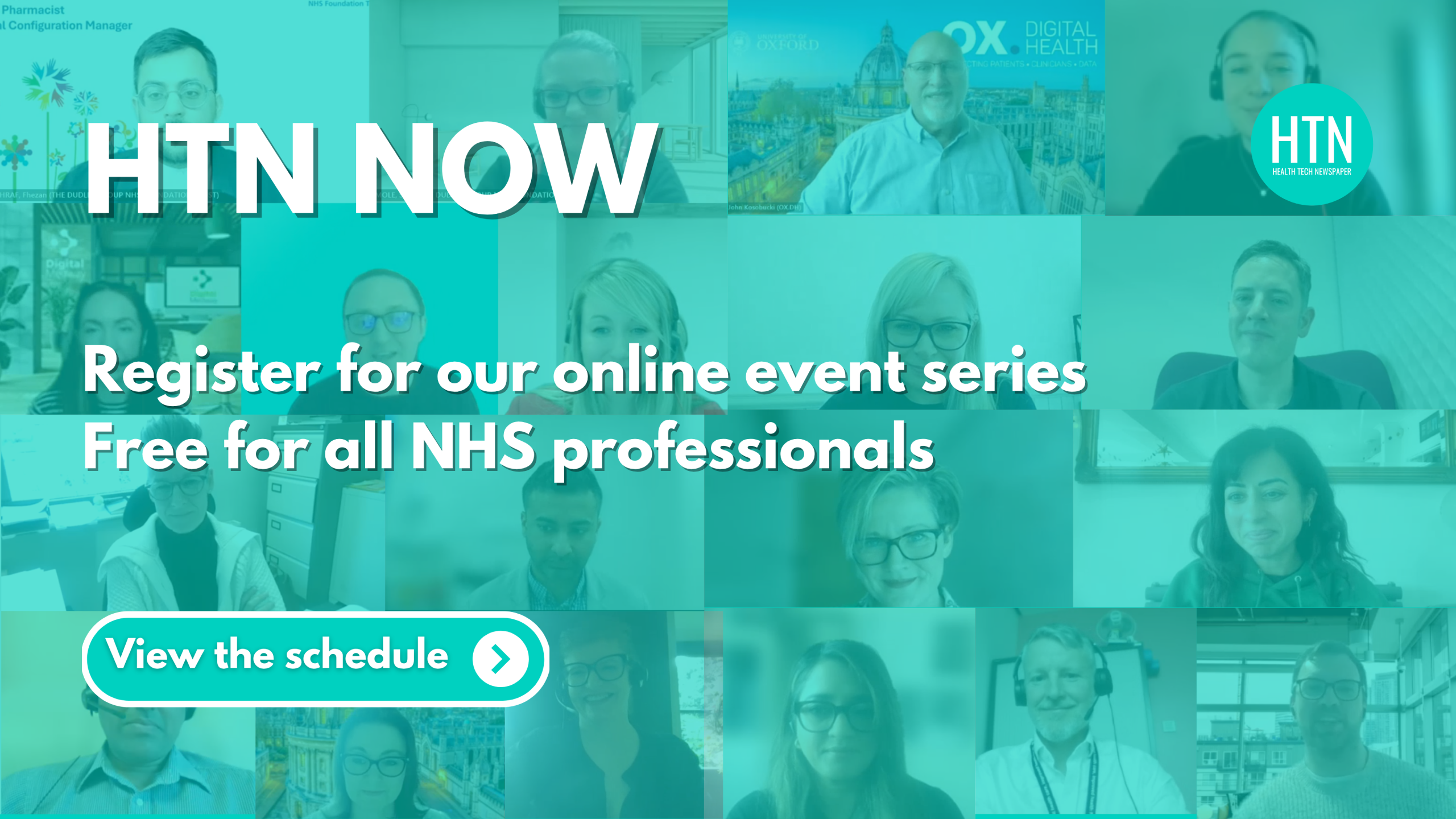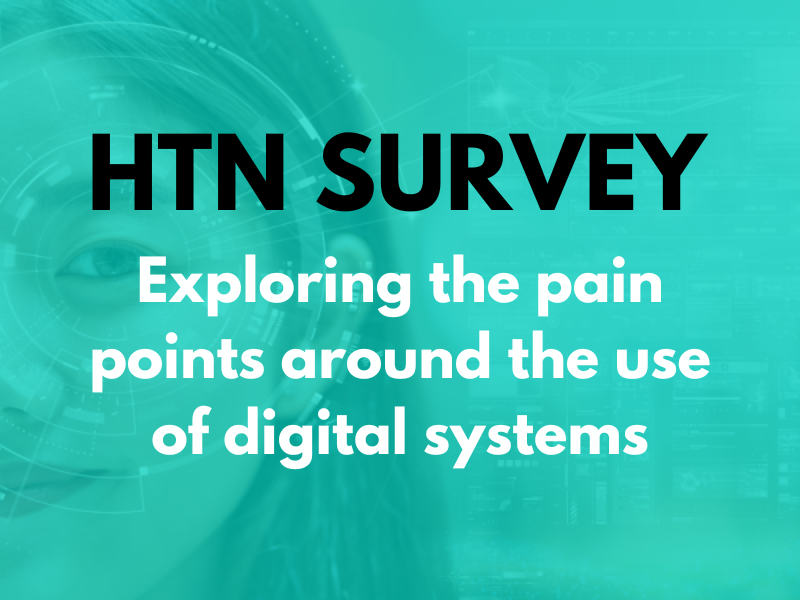By Max Gattlin, Commercial Director, X-on Health
The latest NHS England figures show that general practice delivered a record 38.6m appointments in October 2024 (or more than 40m if you include COVID-19 jabs), that’s the highest ever one-month total on record. Alongside this, primary care struggles with overwhelming demand and clinician shortages, and GP leaders warn that the pressure facing services is not sustainable.
So what’s the solution? It isn’t only about hiring more staff at practices, there’s a bigger picture at play. It’s about making better use of the tools and technology already available to ease the load on existing teams. It’s an area where AI can help, but in order to maximise benefits and ensure use and adoption at scale, we must make sure there is clinician and patient trust in the tools.
Why is AI in digital telephony so important?
Use of the digital front door is ever-increasing, but despite advancements, over two thirds (68%) of patients continue to contact their GP practice via telephone as the first port of call. The shift from analogue to digital is something we all know is coming in the 10 year health plan, and as the most used element of the digital front door, it is clear that primary care has a fantastic opportunity to embrace the use of AI in telephony. It’s also something that the Social Market Foundation has touched on recently in their report ‘In the blink of an AI’, with the recommendation of further integrating AI and automation into user-facing workstreams.
What benefits could it bring?
The integration of AI in digital telephony for primary care can offer transformative benefits, addressing some of the numerous pressing challenges. Integrating technologies such as cloud telephony, unified communications, and AI-enabled healthcare tools, means practices can alleviate the pressure on GPs and other clinicians. By integrating AI-powered features such as; voice agents, call routing, speech-to-text, and automated signposting, practices can alleviate the inbound pressure on call handlers whilst at the same time improving access, and speeding up a patient’s time-to-care by offering an assessment of need at the first point of contact, in line with NHS national priorities.
By removing the notorious 8am rush, AI-powered systems can enable more efficient call handling, prioritising urgent cases and directing patients to other appropriate services, such as pharmacy, and community without delay. This enhanced accessibility not only improves patient satisfaction but also fosters better health outcomes by ensuring timely care. Additionally, these streamlined processes reduce administrative burdens and repetitive tasks for staff, creating a more manageable workload and mitigating burnout. Together, these advancements pave the way for a more sustainable, patient-centered approach to primary care.
How do we get patients and clinicians onboard?
The challenge is how do we ensure that patients and clinicians are harmonised with the progress to build their trust?
To build trust in patients is not a simple process, particularly when you consider digital poverty which brings many disparities and makes it harder for people to access the very tools that are designed to help them. Patients value human interaction, especially when discussing health concerns, so AI tools must prioritise empathy in design and simplify communication. Data monitoring is key here, and should be used to help evidence that effective digital tools will also improve access for all, including those less digitally-abled who require human contact.
Patients should not feel intimidated by the use of AI, and it needs to be introduced in a straightforward way, focusing on the benefits in relatable terms. Transparency of data usage is also vital otherwise we risk the further creation of a two-tier system for those that trust the data and those that do not, also creating further burden for GP teams.
Patient empowerment means putting AI in their hands and allowing them to self-serve for non-urgent needs, allowing clinicians to focus on more complex patient needs and preventative care. If we can remove the demand before it flows into the practice then it eases the burden immediately.
For clinicians and practice staff, it needs to be clear that AI is an opportunity to reduce the pressure, not a threat to remove jobs. Clinicians are more likely to trust tools that they understand how to use, so time dedicated to training can demystify the AI’s capabilities and limitations. The tech may be amazing but it needs the support around it to build in training for staff in order to make best use of systems already in place and integrate additional tools such as Surgery Assist.
Take for example Tudor Lodge, a practice in South-West London that is an early adopter of AI tools. They implemented Surgery Assist, a digital assistant, as part of a wider Access Optimisation Service and the practice has experienced 54% fewer calls in the 8am rush as a direct result. Applied nationally it is estimated that this service could result in 9.1 million fewer calls received per month by GP surgeries.
Will AI live up to the hype?
One of the questions asked to a discussion panel at X-on Health’s recent AI in primary care event was ‘will it live up to the hype?’ – AI is by no means a magic bullet, and it could be said that it is currently not up to the hype, but applied correctly AI has the potential to move primary care forward beyond all expectations.
As referenced by an ICB contact at the recent X-on AI in primary care event, AI is a tool, not a solution and must be viewed as such. To my mind it’s the correct approach and AI is just one of the arsenal of tools available to reduce the burden. There is a crisis knocking on the door of primary care and the technology is needed now to help practices survive. Technology cannot simply be layered over inefficient processes, instead the two need to be addressed hand in hand so we can build trust and preserve the NHS into the AI era.
What are the next steps?
Whilst some GP partners have pushed on, giving lots of their time to self-appraising AI products in the pursuit of improved efficiencies to support their staff, there have been calls for the formation of an AI advisory board or list of approved AI suppliers to expedite procurement and adoption. To further build trust the technology testing needs rubber stamping at a national level and the creation of a framework of consistency is something that is essential. The ‘In the blink of an AI ’ report supports the creation of a strong Digital Centre of Government in the Department for Science Innovation and Technology (DSIT) and recommends that it becomes a one stop shop for all public sector AI and automation needs, highlighting tools that are already working and have been successfully implemented.
One thing is clear – if the NHS doesn’t work out how to become agile enough to embrace the technology and build trust quickly then Google will do, as is clear from the Public First report, AI and the public sector, that was recently commissioned by Google Cloud.





